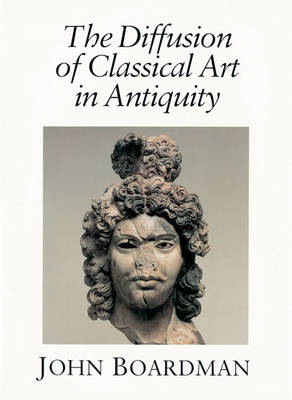Art communicates in different ways - and to people for whom it was often not devised. Based on the 1993 A.W. Mellon Lectures in the Fine Arts held at the National Gallery of Art, Washington D.C., Sir John Boardman's study of Greek art as foreign art brings together art history and archaeology in a story that takes the reader from Bath to the Gobi Desert, from Kiev to the Upper Nile. In antiquity, the art of Classical Greece was carried far from Greek lands by colonists, merchants and armies. Wherever it went, it was observed by local artists who borrowed from it what suited them. In some places, such as Etruria, it proved dominant and was responsible for the formation of the whole Etruscan style. In Egypt, where art forms had been long and successfully established Greek art made little headway until the coming of Christianity. To the east, Classical art found a new home in India, where it helped create many of the characteristic features of Buddhist art. To the north it was less appreciated by the nomadic pastoralists of Scythia and the Celtic Europeans. In the Mediterranean world the Semitic peoples east and west admitted it slowly, but in time succumbed almost completely.
The Romans, inspired by loot and market values, became responsible for the first real art market of antiquity. In much of this story, the Greeks played little part, and their art was received at face value, as a product, sometimes misunderstood and often re-interpreted to suit different needs. This comprehensive and illustrated survey shows how, by looking at Greek art through non-Greek eyes, we may be compelled to adjust our views on what Greek art achieved.
- ISBN10 0500236968
- ISBN13 9780500236963
- Publish Date 30 January 1995
- Publish Status Out of Print
- Out of Print 23 January 2014
- Publish Country GB
- Imprint Thames & Hudson Ltd
- Format Hardcover
- Pages 352
- Language English
